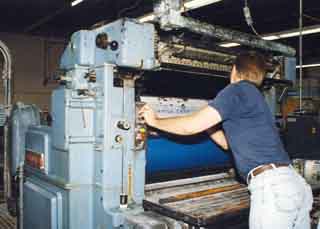Studies show that human error is either directly or indirectly responsible for 70-90% of all accidents. As a result, many product liability cases began popping up in the 1970's and 80's. Thus, sound human factors analysis is a vital part, and often the crucial deciding factor, in any given forensics case.
Engineering text books define the goal of Human Factors as: “ensuring that the human interaction with systems is one that enhances performance, increases safety, and increases user satisfaction.” Of course, people involved with claims must realize that safety is often compromised in order to increase performance.
But increased productivity may cause more operator errors, potentially compromising safety. Within this delta of tradeoffs lies the opportunity for litigation as a result of such claims.
One recent case involved a supermarket employee whose job title was cashier, but who took the initiative to help a customer who needed some ground beef because the butcher was out at the time. He was not trained on how to operate a meat grinder, nor did he heed the warning labels. In fact, he disabled the safety guard feature to make it easier for him to use the grinder. He ended up getting his hand caught and mutilated by the machine. In this case, machine design and warning labels played into the case, but human factors clearly had the most significant role in the cause of the injury. Alternatively, other cases involving human factors may determine design flaws in the engineering of the product (or machine) in question, and find liability by the manufacturer.
The Human Factors expert provides techniques and evaluation procedures based on scientific knowledge and research that: (1) identify conditions that are dangerous and unsafe, with potential for injury; (2) identify procedures to remove dangers and reduce injury potential through design, construction, maintenance, instructions, training, warnings, regulations, and laws; and (3) identify the actions or lack thereof that contributed to the accident or their injuries. Applying Human Factor analysis provides a clear, science based, chain of reasoned logic from description of accident to the expert opinion proffered as to the contributing factors of the cause of the accident: a sequence helpful to judge and jury alike.






